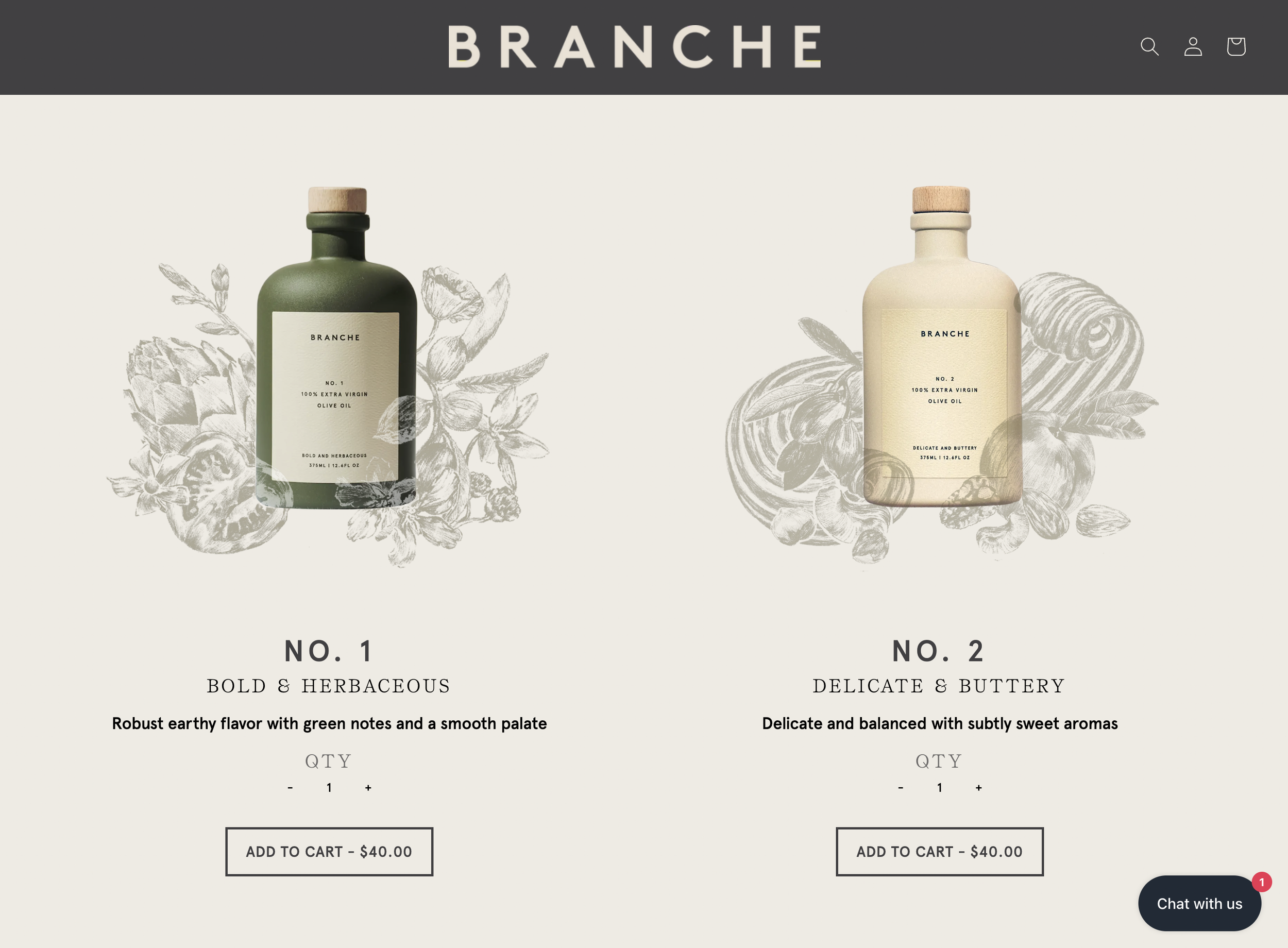Web design should be part of your marketing strategy
Web design is evolving quickly. Today, web design is less about coding and more about understanding business needs and marketing strategy to build a tool that enables organizations to grow, and thrive. This is especially true over the last few years as we have seen the world adapt to new ways of working and doing business. Startups and entrepreneurs are offering their services completely online, the website has become the virtual storefront, and no code tools are allowing companies to movie faster than ever.
A website is no longer a nice to have, it is an ought to have. Moreover, poorly designed websites are costing organizations big money. In other words, poorly designed websites are very expensive.
Most organizations know they need a better website. Often, however, they don’t exactly know what problem they are seeking to solve.
Good web design understands business needs
“Our website needs to look better” or “we need more website traffic,” are common requests.
The company hoping for a better looking website might be after a brand refresh, while the organization seeking more traffic may have heard they need to add more keywords to their website or invest in paid ads.
These requests are well intentioned but they don’t always address the underlying issues and true needs of the business.
For example, the company looking for a better looking website by way of a brand refresh may not realize it is actually their confusing website navigation that is really costing them. While an updated brand may also be necessary to improve credibility, a brand refresh alone won’t deliver the results they were looking for. First and foremost, their information architecture needs to be addressed, along with their visual identify.
On the other hand, the company looking for increased website traffic is likely after more sales.
After digging into their analytics, it might appear that their traffic is actually pretty good, but their conversion rate and time on site are low. What they really need to address is their user experience, and increased sales will follow. Increased user experience will also help their SEO rankings, thereby winning more traffic.
Increasing conversion rate with web design
Let’s build on the example above for the company looking to increase their website traffic. Let’s say Indoorsy.ca, a fictional company specializing in everything to make your home more comfortable sells luxury slippers for $100.
They are bottoming out on sales and think it is because they need more website traffic (believing more traffic = more customers). This isn’t necessarily untrue. However, after looking at their current website and digging into their analytics it is clear there are a lot of opportunities to improve the website. After looking into their website performance, we learn their current conversion rate is only 1%.
Conversion rate is simply the the percentage of visitors that take a desired action on your website.
This can be any number of actions, but most commonly it is purchases. Conversion = Conversions/Visits.
For hypothetical reasons, let’s say they make 10 sales a day, and regularly 1000 daily visitors.
Before Website Redesign
Sales: 10
Conversion rate: 1%
Daily Traffic: 1000 (ish)
Daily Revenue: $1000
Monthly Revenue: $30,000
After Website Redesign:
Now, let’s say this company were to redesign their website, and increase their conversion rate to 3% while maintaining their current traffic, meaning indoorsy.ca is now selling 30 pairs of slippers a day.
Sales: 30
Conversion rate: 3%
Daily Traffic: (1000) ish
Daily Revenue: $3,000
Monthly Revenue: $90,000
In this example, we haven’t paid for any traffic, we have simply focused on conversion optimization. As you can see from this example, a poorly designed website is truly leaving money on the table.
Does this mean the business owners hunch that they need more traffic was wrong?
No, not entirely. Paying for more traffic could have squeezed out a few more conversions. However, if they website is poorly designed, it is likely a lot of that traffic would not result in sales, meaning when and if conversions occur, the cost of conversion would be quite high. For some companies, once they account for their production costs, adding $15 for each conversion can really eat into their margins and therefore profits.
In this example, the key is improving the website, increasing the conversion rate, and then running paid traffic campaigns and working on long term SEO strategies to win more sales.
Good web design has benefits across industries. Whether you are an accountant looking for more form fills or an e-commerce company looking for more sales, it is important to first understanding the problem you are trying to solve.
Good web design is about understanding the true business problem, removing friction, delivering a holistic experience, and providing solutions through visual identity, improved user experience, and technological tools.
To understand you business problems, first look at your business goals
The first step in solving business problems is to define them.
The best way to do this is by starting with your goals, not with the problem itself. This sounds counterintuitive, but it's actually a more efficient approach because you have a better chance of achieving your goal if you know exactly what it is.
Below we have used the SMART (Specific, Measurable, Attainable, Relevant and Time-Bound) Goal structure to define our business hypothetical business goals.
When have a solid understanding of our business goals, we have a better idea of how we can use our website and leverage tools to meet our goals.
Key considerations for solving business problems with web design
After we define our business goals, we can examine our current website through the lens of our goals and understand the adjustments we need to make.
Is our website user centric?
Does our visual identity resonate with our target audience?
What tools and integrations can we leverage?
User Centric Web Design
At its core, user-centric web design is about understanding the needs of your users and creating an experience that meets those needs. This is one of the most important principles in digital marketing because it helps you create websites that are intuitive, easy to use, and memorable.
Good websites are easy to use, memorable, and convey information in a way that makes sense to its audience.
Understanding Your Target Audience
The first step in user-centered design is to identify your target audience.
Before you can design for someone, you need to know who they are. The more specific your target audience is, the better off you'll be. You want to define their demographics and psychographics (who they are as people) as well as their needs and wants (what motivates them).
It is important to try and define the buying decision makers and what motivates them to take action.If you aren’t clear on who your target market is, creating personas is a good place to start.
Personas
Personas are fictional characters that represent your users. They’re a way to bring your users to life and help you understand their needs, motivations and behaviours. Personas are also useful in other ways: they help design for users, communicate with them, and ensure that the right user experience is being create.
When building campaigns, posting across social or building and optimizing your website, you'll want to refer back to your buyer personas.
You want to know who you are marketing to so you can effectively speak their language, alleviate their pain points, create the kind of content they find valuable, and meet them on the digital channels they frequent.
Visual Identity & Branding
Your website is the most important aspect of your business. It is your storefront, and it’s where you can make or break a customer’s experience with your brand.
Your visual identity can help you stand out from the crowd as well as build trust with potential clients by depicting who you are in an appealing way. In addition to this, your visual allows you to better communicate your message through visual elements like graphics and illustrations that resonate with your audience.
Key components of your visual identity include:
Colour palette
Typography & font pairings
Icons
Illustrations
Photo styling
Logo & wordmark
It is important to remember, that a winning visual identity resonates with your target market. It is also very possible that your visual identity could need an update. Perhaps your target market has stayed the same, but your visual update hasn’t changed in a number of years. Web Design trends come and go. What may have been hip and cutting edge a few years ago may no longer be working for you. It’s important that your brand is current to maintain credibility and resonate with your audience.
Visual Identity Example
More often than not, olive oil falls into that category of something a bit more polished or refined and can lend itself to the pretentiousness that comes along with a “luxury” product. Graza manages to cut right through that narrative and stand out with their playful and quirky illustrations.
Not only do these illustrations resonate with a younger audience (their key demographic), it is also a great way to convey information in a memorable manner.
Branche, another company offering olive oil, has also created an amazing visual identity. As you can see, theirs is more traditionally polished and elevated - perhaps more in line with what you’d expect to see from an olive oil company. These contrasting examples illustrate how visual identities for similar products can be designed to create a memorable experience and leave differing impressions on potential customers.
Picking the right website builder
Many years ago, websites were designed exclusively using HTML and CSS. This was often extremely cost-prohibitive and left clients relying on developers to make updates.
Today, new no-code tools such as Squarespace, Webflow, Wix, Editor X, and Framer are making it easier for organizations to build websites in record time, iterate to meet business goals, collaborate more efficiently and use their website as a true marketing tool.
Before picking a tool it is superlative that you think about your business goals, along with your resources to decide on the right platform for you. For many people, Squarespace is an excellent option with its wide breadth of features, as well as the launch of Fluid Engine, a drag-and-drop editor that allows for amazing designs. For other businesses, Webflow or Shopify may be more suited to their needs.
A website is one of your most important marketing tools, and if you intend on using it heavily to launch campaigns and corresponding landing pages, you’ll want to consider resources for running the website. For example, do you have a lean team that understands the tools? What is the learning curve like to get yourself up to speed on the platform?
You’ll also want to think about flexibility in terms of growth. You may intend to launch new services or try different business verticals over time. It is important to choose a web design platform that doesn’t require you to make costly adjustments or change platforms. When considering the right website platform for you, make sure to consider your long-term goals and if you are able to pivot within the platform. For example, within Squarespace, you can add e-commerce or membership functionality at a later date without having to rebuild your website.
Leveraging Tools & Integrations
No code tools are an excellent option for improving efficiency and enabling digital transformation. They are also a great way to improve your website experience. Today there are countless integrations, apps and tools that can take care of the heavy lifting and help your website and business run more efficiently.
Popular integrations include:
Email
Popular tools like Mailchimp can be added to your website to encourage people to sign up to your newsletter, and reach your audience through segmentation and targeted campaigns.
Scheduling
Scheduling is a great option for professional services business. Give clients the option to book a consultation, schedule an appointment or sign up for a course with popular tools like Acuity and Calendly.
Product Reviews
Social proof an be a great incentive to help people purchase with you. Tools like Junip allow you to collect reviews and testimonials and embed them right in your website.
Ecommerce Integrations
Ecommerce sites can greatly benefit from tools such as shipping plugins, and lost cart recovery. The Shopify App Market is a great place to get started.
We covered a lot here today, but this is really just the tip of the iceberg. For a better understanding of key components of conversion focused web design, communicating you value, tactics for driving website traffic, and more, visit my how-to guide for growing a business online, complete with free worksheets and resources.
Web Design Services
Marketing Strategy Services
Branding and Design Services
SEO Services




